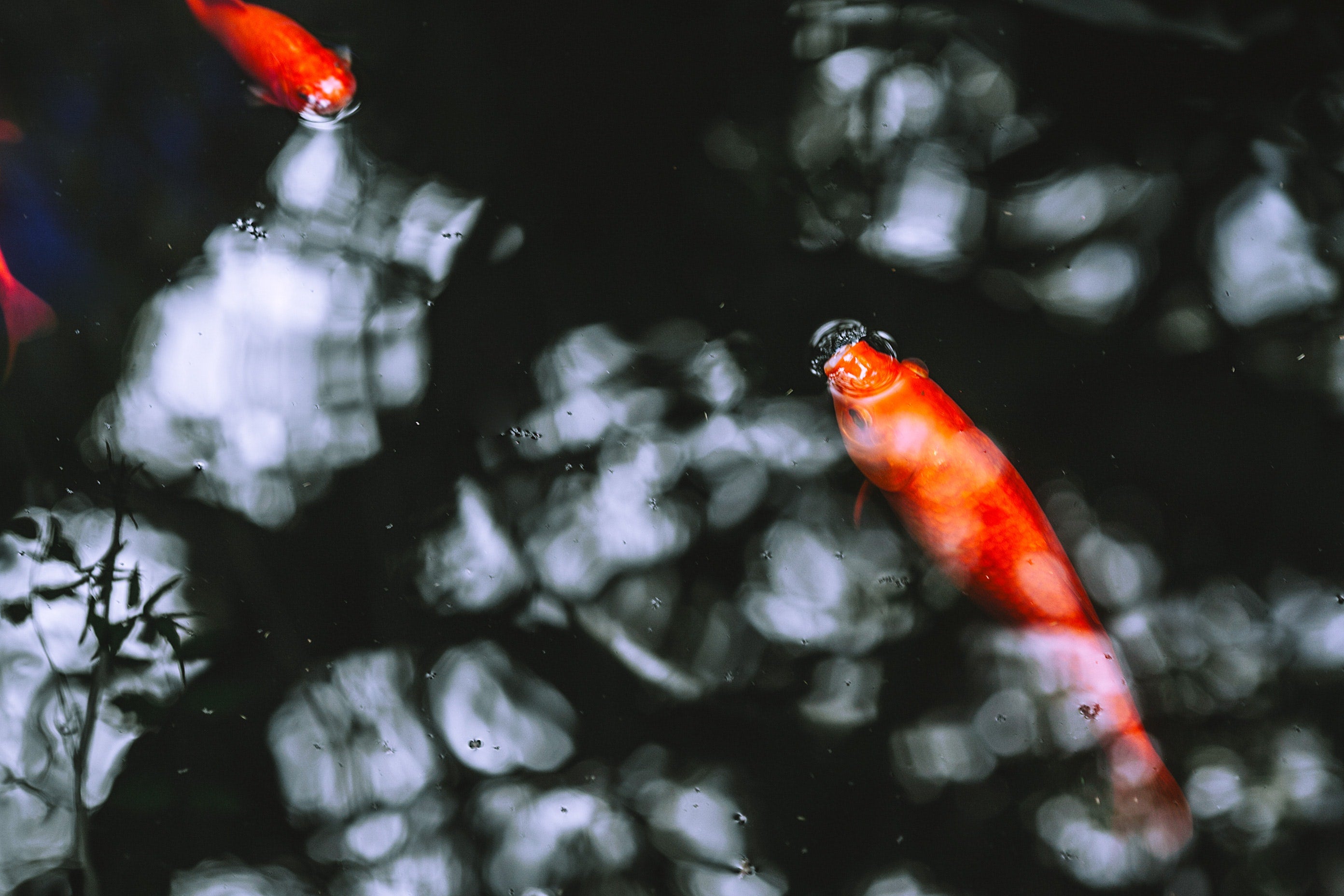The Closer Pets team has fielded a few queries over the past couple of weeks around UV filters for ponds. So much so, that we thought we would put a blog post together to help anyone else get to grips with this pond essential.
We’re going to discuss what a UV filter is, what it does and what to look for when you’re shopping for one.
What are UV filters for ponds?
First, we need to clear something up. UV, ultraviolet, and pond filters are actually two different things.
UV does not filter the water, it clarifies it or sterilises it. Water passes through the UV light and algae and bacteria is removed. This is partly to stop pond water turning green and partly to keep water healthy by removing harmful bacteria.
The filter is a separate part of the process. It will use mechanical filtration using filter foam or biological filtration using a specific filter medium.
Filters are often called UV filters because the two systems are usually within the same device.
Then there are UV clarifiers and UV sterilisers. Closer Pets sells UV clarifiers.
UV sterilisers are more serious pieces of kit, larger and will actually sterilise the water to remove protozoa.
How do UV filters for ponds work?
UV filters for ponds are actually very simple devices. They will be enclosed within a sealed unit you place in your pond. Water will be pumped through it, filtered, clarified with the UV light and fed back into the pond.
This happens constantly so your pond is kept clean and clear and your fish stay healthy.
UV filters are usually connected to a pond pump. That pump sucks in water and pushes it through the filter.
Depending on the filter, it will pass through filter foam or biological medium to be filtered. If there is a UV component, the water will then pass through the UV light to be clarified before re-entering the pond as clean water.
UV light is actually electromagnetic radiation at the lower end of the light spectrum. This wavelength kills bacteria and other UV-sensitive organisms, which is why it is used in ponds.
As the water passes through the UV, the light kills algae and bacteria to help clarify and cleanse the water.
What to look for when shopping for UV filters for ponds
The main thing to consider when shopping for a UV filter is the pond size. Most filters are rated in gallons or litres, which refers to the volume of water within your pond.
Most UV filters for ponds will feature a gallons or litres metric on the description to help you buy the right filter for your pond.
For example, our 15000 PUV Pressurised Pond Filter is capable of filtering between 3,750 and 15,000 litres.
This is just an average though and much will depend on how many fish you have and what kinds of plants live in the pond.
That pond filter uses a 13W UV lamp to clarify the water.
Lamp wattage is a key metric in buying the right UV pond filter. Use a lamp that’s too small and it won’t keep up with filtration. Use a lamp that’s too large and it may over-clarify the water.
You also need to consider what plants you have growing in your pond when sizing UV filters for ponds.
Some plants will actively filter the water so will do much of the work your UV filter will do. If you have lots of these plants, you’ll need to take that into consideration when sizing the filter.
How many litres in a pond?
So, the next logical question is, how many litres are in my pond?
You can use some basic maths to calculate that. Measure the width, length and depth of your pond and multiple by 1000.
For example, if your pond is 2.5m long, 1.2m wide and 40cm deep, that would be 2.5 x 1.2 x 0.4 x 1000 = 1200.
That 1200 is the approximate litres in your pond.
You’ll have to tweak that calculation a little for round, oval or complex shapes but you get the idea.
There are no strict rules, but it’s common to want to use a UV lamp of between 8-12W per 10,000 litres.
If you have a particularly green pond or a pond more prone to algae and bacteria than usual, you can increase the wattage of the UV light to provide more clarification.
A word of caution when using UV clarifiers for ponds
There is a downside to using UV filters for ponds. The UV light doesn’t discriminate between ‘good’ bacteria and ‘bad’ bacteria. Some of the good bacteria that help promote healthy ponds and fish will also be filtered.
If you buy a filter that’s significantly too large for your pond, this can cause issues.
However, if you buy the right sized pond filter, you should not have a problem. The beneficial bacteria will be able to survive in the pond and also live within the filter.
They can continue doing their work despite you clarifying the water.
If you have to use medications to keep fish healthy, consider turning the UV part of the filter off as it can break down the medication before being ingested by fish.
There’s a lot that goes into choosing UV filters for ponds. When it comes down to it though, it depends mainly on the size of the pond, the plants in the pond, the number of fish and how much you need to clean it.
If you need help, contact any of the Closer Pets team and we’ll be happy to help.
